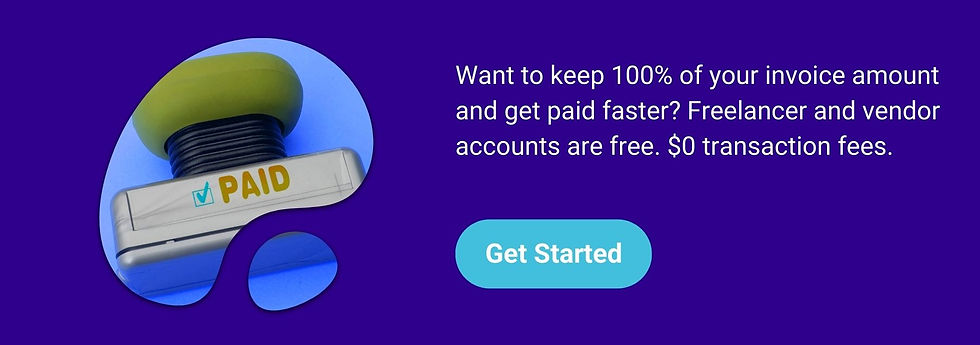If you are employed as a W2 employee full-time and also freelance on the side, an EIN or Employer Identification Number has distinct advantages to keeping you in tax compliance.
What’s an Employer Identification Number or EIN?
Think of it this way: when you’re doing freelance work as a sole proprietor, you likely set up a separate bank account for your business so that you could keep your personal and professional lives separated and tidy. Wise move. An Employer Identification Number (EIN) (also called a Federal Tax Identification Number) works similarly: it keeps your freelancer income associated with one precise tax ID number, while allowing your regular W2 employee income to be associated with your Social Security Number (SSN).
Why Apply for an EIN?
So that’s great! As a freelancer or independent contractor, the IRS considers you a small business (note: if you’re a sole proprietor, you’re still personally liable for the debts your business incurs, even with an EIN.) If you’re interested in limiting that liability, check out our discussion on sole proprietorships, LLCs and other types of business entities. And the income you earn is taxed as business income, which means the money you make from freelancing is taxed differently than the money you make from being an employee.
If you’re really curious to learn more, check out the IRS’s Publication 15, which provides an overview of the additional tax requirements businesses are required to file.
EIN and Tax Compliance
An EIN helps you keep all those numbers organized. When you file your yearly tax return, the W2 income you earn as an employee gets reported as regular income with your SSN, while the money you earn as a freelancer is reported on Schedule C (Form 1040). It can also help your accountant more quickly identify what kind of expenses or deductions can be applied, based on the type of income they would be applying it to.
Additionally, the government requires an EINent if your freelance business takes on employees or hires independent contractors. This means if you’re looking to grow your consulting business, you’ll need it anyway.
Classification and Compliance

We’ll try and make this as fun a paragraph to get through as possible because we know: things like worker classification and labor law compliance don’t make it on this week’s “most emailed articles” lists. If you approach a potential client who’s looking to hire a freelancer, it’s crucial that both sides of the agreement understand you’ll be hired as an independent contractor, not an employee. This is important for a few reasons: it affects the finds of tax withholding your client will need to perform when you get paid, and it grants you certain rights and protections, which vary state by state, about how you can do your work. Generally, these include the right to do work where and when you want. In fact, we have a handy guide that you can use to identify the rights you have in your state. This is where it’s valuable to have an EIN: when a company hires you using your EIN, it can only hire you as an independent contractor, not an employee. It eliminates any potential doubt and confusion about how you should get paid and your responsibilities to your client.
Getting Your EIN
The IRS has made it surprisingly fast and painless to receive an EIN. So long as you already have an SSN, your EIN application will take less than 15 minutes. Once your EIN is issued, you can associate it with your contracts, your business bank account, and more.
Participate in the Global Agile Economy
It can be uncomfortable transitioning from the traditional style of work to a project-based work world. But as you design a world where work revolves around the life you want, you’ll discover there are tools that help you to make the most of it. When you transition from the old mindset of being a full-time employee to working for yourself, you’ll discover there are tools available to help you hold onto as much income as you can.
If you think an EIN is right for you, we encourage you to talk to an accountant. And if you proceed, rest assured getting one is the most straightforward interaction you’ll ever have with the IRS.


Comments